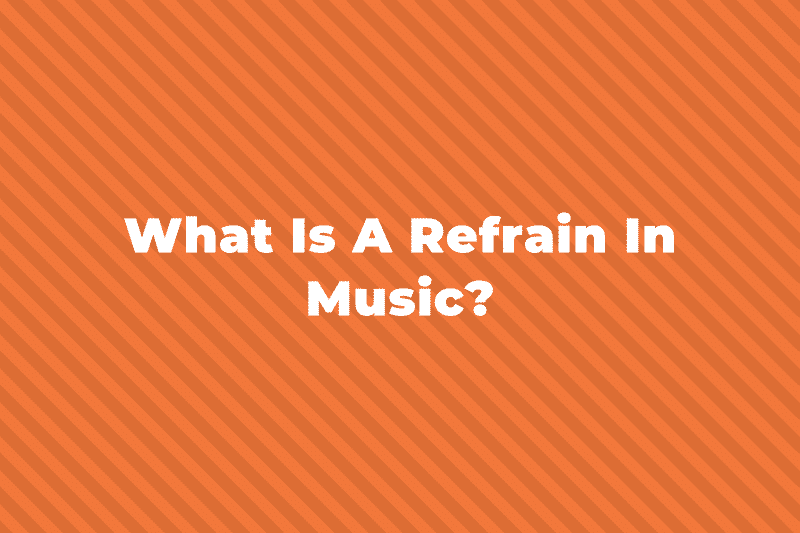If you’ve never heard of the Ionian mode, the likelihood is that you know it without knowing that you do. It’s one of the most common scales in the world and is often the first thing people learn to play when learning a musical instrument.
In this post, I’ll be taking a look at what it is and how to play it, but first, what even is a mode?
What are Modes?
The music modes (sometimes called the church or Greek modes) are seven different scales based on the major scale.
Each mode is made by playing a major scale but starting on a different note.
For example, if you were to play C major scale starting on D, you would have to play D Dorian scale. If you were to play C major scale starting on F, you would have played F Lydian scale.
What is the Ionian mode?
The Ionian mode is the first of seven modes of the major scale. In fact, it’s exactly the same as the major scale and is just another name for that scale.
It use the formula of semitones and tones: T – T – S – T – T – T – S.
Which in half and whole steps is: W – W – H – W – W – W – H.
Here is C Ionian mode in the treble clef.

Degrees of the ionian scale
The ionian scale shares the same scale degrees as the major scale which is unaltered (doesn’t have raise or lower and notes). That means the intervals are:
- 1. Root
- 2. Major second
- 3. Major third
- 4. Perfect fourth
- 5. Perfect fifth
- 6. Major sixth
- 7. Major seventh
List of Ionian Scales
Below is a list of all the Ionian scales along with the notes. Below the chart is each scale in the treble clef.
| Key | Notes in the ionian scale |
| C | C – D – E – F – G – A – B – C |
| C# | C# – D# – E# – F# – G# – A# – B# – C# |
| Db | Db – Eb – F – Gb – Ab – Bb – C – Db |
| D | D – E – F# – G – A – B – C# – D |
| Eb | Eb – F – G – Ab – Bb – C – D – Eb |
| F | F – G – A – Bb – C – D – E – F |
| F# | F# – G# – A# – B – C# – D# – E# – F# |
| Gb | Gb – Ab – Bb – Cb – Db – Eb – F – Gb |
| G | G – A – B – C – D – E – F# – G |
| Ab | Ab – Bb – C – Db – Eb – F – G – Ab |
| A | A – B – C# – D – E – F# – G# – A |
| Bb | Bb – C – D – Eb – F – G – A – Bb |
| B | B – C# – D# – E – F# – G# – A# – B |
C ionian scale

C# / Db ionian


D ionian

Eb ionian

E ionian

F ionian

F# / Gb ionian


G ionian

Ab ionian

A ionian

Bb ionian

B ionian




